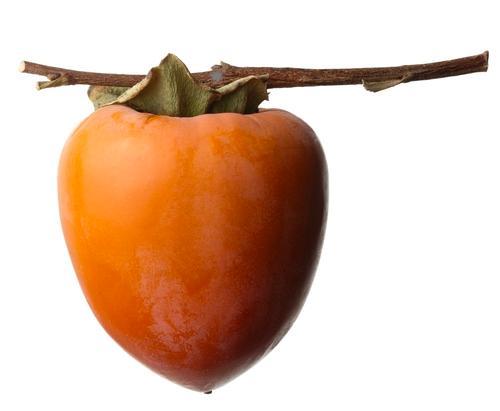
Persimmons are a lesson in patience, since some varieties are just downright inedible — until they are fully ripe, that is. Once they’re ready, though, they taste better than candy — and, if you close your eyes, you might wonder if you’re actually eating fruit or some kind of delicious spiced pudding. The Latin name for the fruit, Diospyros, translates to “food of the gods” — do you really need any more incentive?
For me, persimmons completely embody all the flavors of fall I love so much. With a flavor similar to dates, but with hints of spice, persimmons are well-suited for all your autumnal baked goods. Not all persimmons are made equal, however. Some varietals are better suited to baking while others are best used in dishes where they hold their shape, like in salads. Here’s our primer on different persimmon types, and, of course, some recipe for inspiration as well.
PERSIMMON TYPES
Hachiya: The jewel-tone flesh of the Hachiya persimmon is super-soft, so you can just scoop it right out and add it to your batter for cakes, breads, and puddings. Try swapping the flesh in any recipe that calls for pumpkin purée. Note: This is an astringent variety so make sure you wait until it is completely ripe, or else you’re in for a mouthful of unpleasant bitterness. You will usually find them unripe at the market, since they can be very delicate. Take them home and keep them in a brown paper bag until they get soft at the tip.
Cinnamon: A sub-variety of Hachiyas, cinnamon persimmons are not astringent so you can eat them firm or soft. When you cut them open they have speckly brown spots, as if they have been sprinkled with cinnamon.
Fuyu: These persimmons have a firmer, crispier flesh than the hachiyas, which makes them great for slicing into salads, chopping into salsas, or even adding to stews. You don’t even have to peel them first. Store them in the fridge to preseve the cripsness.
Organic Sweet Pumpkin: These smaller sub-types of Fuyu persimmons are small and crisp and you can eat them just like you would an apple, skin and all.
Chocolate Persimmons (Black Sapote)
A little harder to find, chocolate persimmons are definitely worth seeking out. The are native to Mexico, Colombia, and Guatamala but are also cultivated in Florida, Hawaii, and Cuba. The texture and flavor is similar to chocolate pudding which is fitting since another nickname for the black sapote is “chocolate pudding fruit.” The flesh is extremely pudding-like which makes this variety perfect for moist cakes, milkshakes, or any recipe where you want to get that chocolatey flavor.
All of the varieties listed above can be found on www.PlantOGram.com

